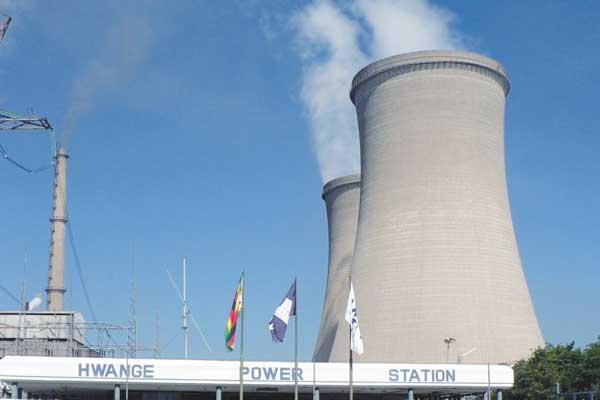
By Vimbai Chinembiri
Coal dust fouls the air in Hwange, a mining town in the Matabeleland North region of Zimbabwe, about an hour’s drive southeast of Victoria Falls.
Black smoke and a throat-closing odour saturate the atmosphere.
Coal — a blackish-brown sedimentary rock said to be the dirtiest of fossil fuels — releases carbon dioxide, a greenhouse gas that worsens the warming of the planet and, ultimately, climate change.
Nonetheless, Zimbabwe, which relies heavily on coal, is intensifying investments in the industry amid a worldwide push to phase out the fossil fuel.
The United Nations, along with environmental activists at both the global and national levels, has pushed countries to reduce emissions that provoke global warming.
In May 2019, UN Secretary-General António Guterres said the world “must stop building new coal plants by 2020”.
Zimbabwe, a signatory to the legally binding Paris Agreement to reduce global warming, has no such plans.
- Chamisa under fire over US$120K donation
- Mavhunga puts DeMbare into Chibuku quarterfinals
- Pension funds bet on Cabora Bassa oilfields
- Councils defy govt fire tender directive
Keep Reading
Instead, the country looks to ramp up coal production and seeks to make mining in general a $12 billion industry by 2023.
In 2018, coal contributed 0.4% to the country’s gross domestic product.
Environmental activists say this bucks Zimbabwe’s climate policy, which promises that the country will “promote renewable energy and adoption of energy efficient technologies”.
Lawrence Mashungu, a government climate change and mitigation expert, sees no conflict between the national policy and coal expansion in Zimbabwe.
“The coal project being implemented right now is actually at a much smaller scale than the initial plan — prior to knowledge on climate issues,” said Mashungu, who works in the ministry of Environment, Climate Change, Tourism and Hospitality Industry, referring to a new plant scheduled to go up in Gokwe North district, about 348 kilometres from Harare, at an estimated cost of $3 billion.
Zimbabwe’s coal industry has existed for a century, and the country possesses 10.6 billion to 26 billion tons in reserves. That’s enough to last another 100 years.
In addition to the facility scheduled for Gokwe, Zimbabwe has four coal-fired power plants — in Harare, Munyati, Bulawayo and Hwange towns.
Simiso Mlevu, of the Centre for Natural Resource Governance, a Zimbabwe-based research and advocacy organisation, said the country should abandon coal now and pour resources into renewable energy.
“If we do our part,” she said, “then we can petition countries who emit the most to pay towards resilience-building in poorer countries.”
The nation has moved towards renewable energy, Mashungu said.
As an example, he cites the nearly 500 biogas digesters — systems that transform waste into energy — used by institutions and residences throughout the country.
Zimbabwe also enjoys about eight hours of sunshine a day. As of last September, the country had 55 solar plants from independent power producers, but only five were working.
“We cannot abruptly switch off Hwange Power Station,” Mashungu said. “Our renewable energy plans have to mature first.
“When this happens, there will be a smooth switch from fossil fuels.










